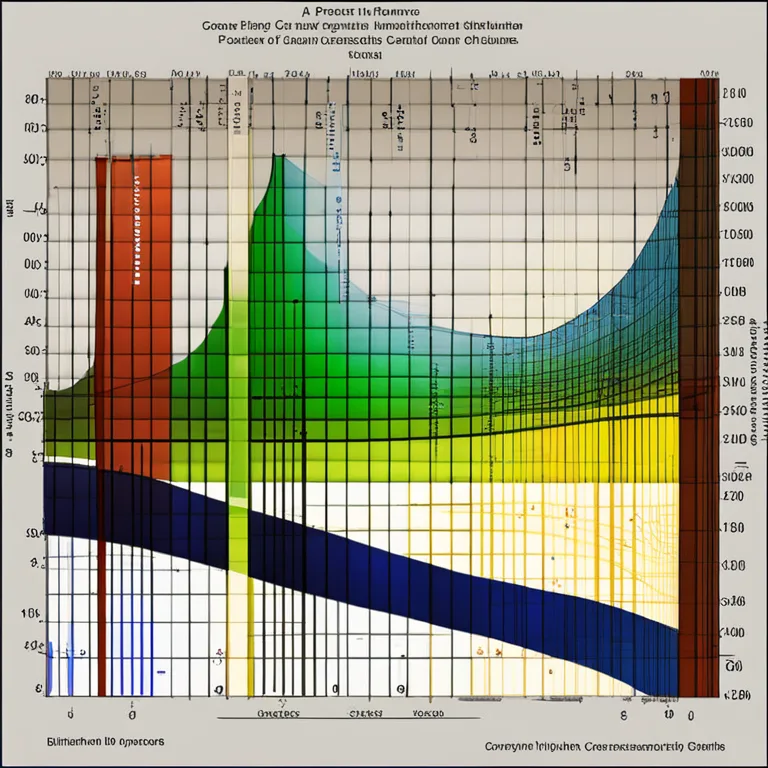
The Mechanics of Biorhythms: A Detailed Insight
Discover the intricacies of biorhythms and how they influence our physical, emotional, and intellectual states day-to-day.
article by Adrian Wallace
Introduction to Biorhythms
Biorhythms are considered to be the natural cycles that regulate various aspects of our lives, from our physical to our emotional well-being. According to the biorhythm theory, each of these cycles starts from the day we are born and continues in a consistent pattern throughout our lifetime. The idea of biorhythms isn't new, but with advancements in technology and a growing fascination with personal well-being, they have regained popularity in recent years, particularly in the holistic health community.

Three Primary Cycles
There are three primary biorhythm cycles: the physical, emotional, and intellectual. Each of these operates on a different timeframe. The physical cycle lasts for 23 days and is believed to influence our strength, endurance, and overall vitality. The emotional cycle, with a 28-day period, supposedly affects our mood, feelings, and creativity. The intellectual cycle spans 33 days and is thought to impact our cognitive functioning, logic, and decision-making abilities.

Calculating Biorhythms
Calculating personal biorhythms requires nothing more than a date of birth. Biorhythmic charts depict the flow of the cycles over time, typically with peaks (high phases) and troughs (low phases). High phases are seen as times of increased ability or positivity in the corresponding area, while during low phases, the opposite is expected. It's important to note, however, that despite the proliferation of biorhythm calculators online, the science behind these patterns remains controversial, with critics arguing that evidence supporting biorhythms is largely anecdotal.

The Synchronization of Cycles
Each cycle is thought to oscillate between positive and negative phases, and it's the synchronization of these cycles that some believe can predict aspects of a person's life and well-being. For instance, days when all three cycles are in a high phase might be interpreted as optimal for challenging endeavors, whereas a day with all three cycles in a low phase might suggest a time for caution and rest.

Biorhythms and Lifestyle
Proponents of biorhythm theory sometimes use these cycles to make lifestyle choices, ranging from physical activities to emotional investments. They may adjust their schedules, delay making important decisions, or even partake in meditative practices according to the ebb and flow of their individual cycles. While inspiration from biorhythms may be beneficial to some, it's crucial to maintain a balanced viewpoint and not disregard other important factors influencing decision-making and health.
Scientific Scrutiny and Modern Interest
Biorhythms face scientific scrutiny, as rigorous empirical research has not conclusively supported their predictive power. As with many alternative practices, the modern interest in biorhythms may stem from a broader pursuit of self-knowledge and personal optimization. The use of biorhythms might be less about strict adherence and more about fostering a greater awareness of the body's natural inclinations and emotional rhythms.
Conclusion: A Personal Tool
Ultimately, biorhythms serve as an intriguing tool for personal exploration rather than a scientifically validated system. With the wealth of accessibility through apps and websites, individuals can easily track their cycles and use this information as one of many inputs to guide them in their day-to-day lives. Whether for curiosity or a more in-depth self-analysis, examining biorhythms can be a fascinating aspect of one's journey into the world of personal health and wellness.
Published: 12/28/2023
Modified: 12/28/2023
More predictions
Come back here soon to learn more about yourself and your future


Exploring Human Biorhythmic Cycles
Explore the fascinating concept of biorhythms and their influence on physical, emotional, and intellectual faculties in humans.


Unlocking Your Body's Natural Clock
Explore the intriguing world of biorhythms and discover how they influence your physical, emotional, and intellectual states.


Biorhythms In Humans Explored
Exploring the concept of biorhythms and their influence on human behavior and physical states.